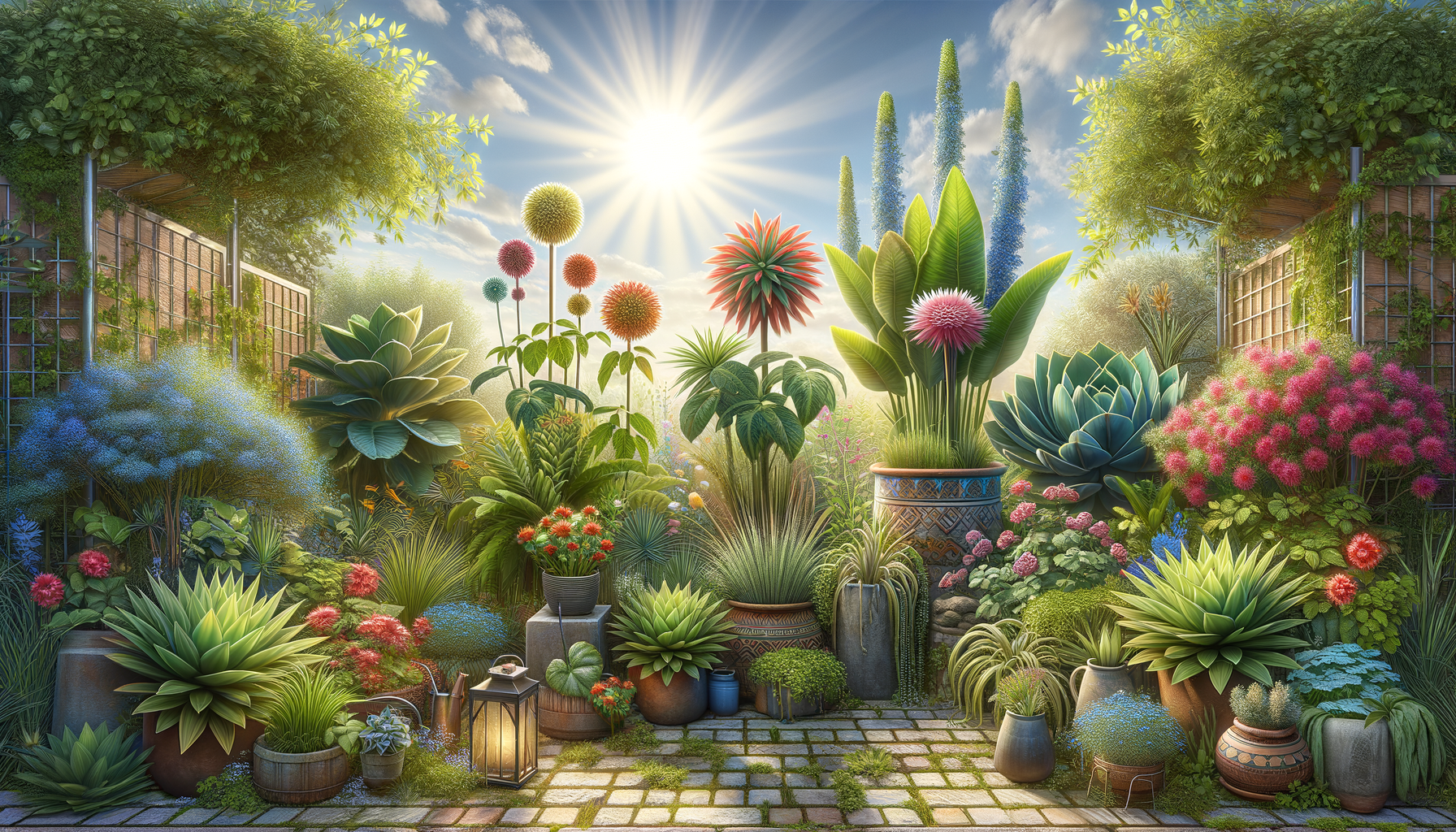
Top 5 Low-Maintenance Drought-Resistant Plants for Your Garden
Introduction to Drought-Resistant Plants
In the face of climate change and increasing water scarcity, gardeners are turning to drought-resistant plants to maintain beautiful landscapes without excessive water use. These plants not only conserve water but also bring a unique aesthetic to gardens, making them a popular choice for environmentally conscious gardeners. Understanding the characteristics and benefits of drought-resistant plants can help you create a sustainable and visually appealing garden.
Characteristics of Drought-Resistant Plants
Drought-resistant plants have adapted to survive in environments with limited water availability. These adaptations include deep root systems, reduced leaf surface area, and specialized leaf structures that minimize water loss. Some common characteristics of drought-resistant plants are:
- Thick, waxy leaves that reduce evaporation
- Deep root systems that access underground water sources
- Ability to store water in leaves, stems, or roots
- Small or needle-like leaves to minimize water loss
These adaptations make drought-resistant plants ideal for regions prone to dry spells, as they require less maintenance and can thrive in challenging conditions.
Top 5 Low-Maintenance Drought-Resistant Plants
Choosing the right drought-resistant plants can transform your garden into a resilient oasis. Here are five outstanding options that require minimal care:
- Succulents: Known for their water-storing capabilities, succulents come in various shapes and sizes, adding texture and interest to any garden.
- Lavender: This aromatic herb is not only drought-tolerant but also attracts pollinators, enhancing the biodiversity of your garden.
- Agave: With its striking appearance and ability to thrive in dry conditions, agave is a popular choice for xeriscaping.
- Rosemary: Besides being a culinary herb, rosemary is hardy and drought-resistant, making it a versatile addition to gardens.
- Yucca: Known for its dramatic foliage, yucca is a tough plant that can withstand harsh conditions with ease.
These plants not only survive but thrive with minimal water, making them ideal for sustainable gardening.
Benefits of Incorporating Drought-Resistant Plants
Integrating drought-resistant plants into your garden offers numerous benefits beyond water conservation. These plants often require less maintenance, reducing the need for fertilizers and pesticides. Additionally, they contribute to biodiversity by providing habitats for various pollinators and wildlife. Drought-resistant plants also help in soil erosion control and improve soil health through their robust root systems.
Moreover, by choosing plants that are well-suited to your local climate, you create a more sustainable and resilient garden that can endure changes in weather patterns. This not only benefits the environment but also reduces the time and resources needed to maintain your garden.
Conclusion: Creating a Sustainable Garden
Embracing drought-resistant plants is a practical and environmentally friendly approach to gardening. By selecting plants that are adapted to survive with minimal water, you can create a garden that is both beautiful and sustainable. Whether you are a seasoned gardener or a beginner, incorporating these resilient plants into your landscape can enhance the aesthetic appeal of your outdoor space while conserving valuable resources. As water scarcity becomes an increasingly pressing issue, choosing drought-resistant plants is a step towards a more sustainable future.